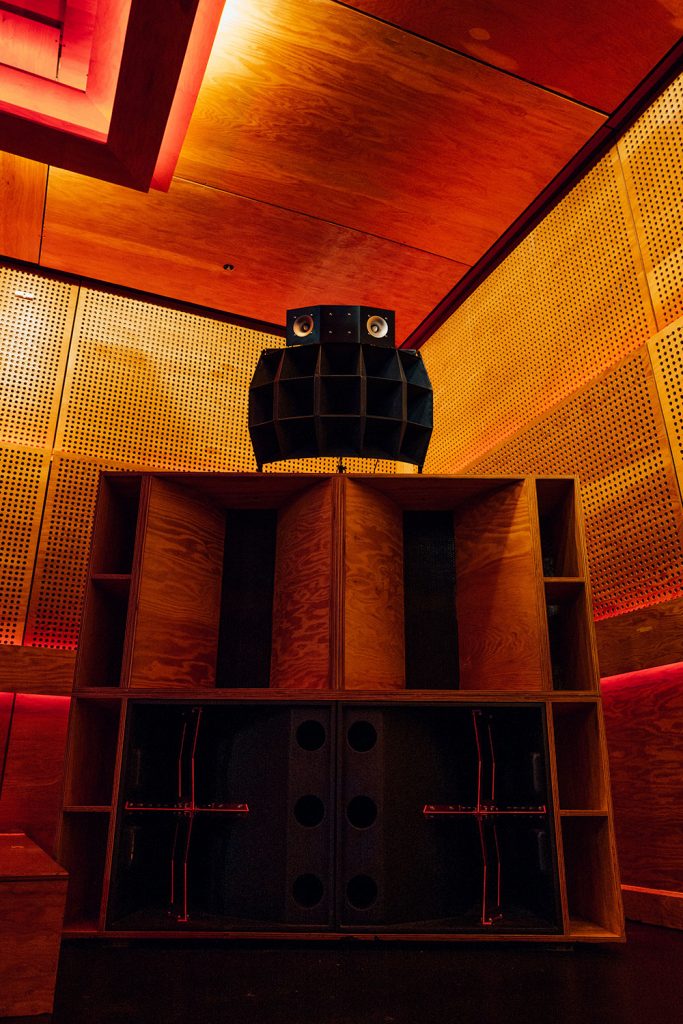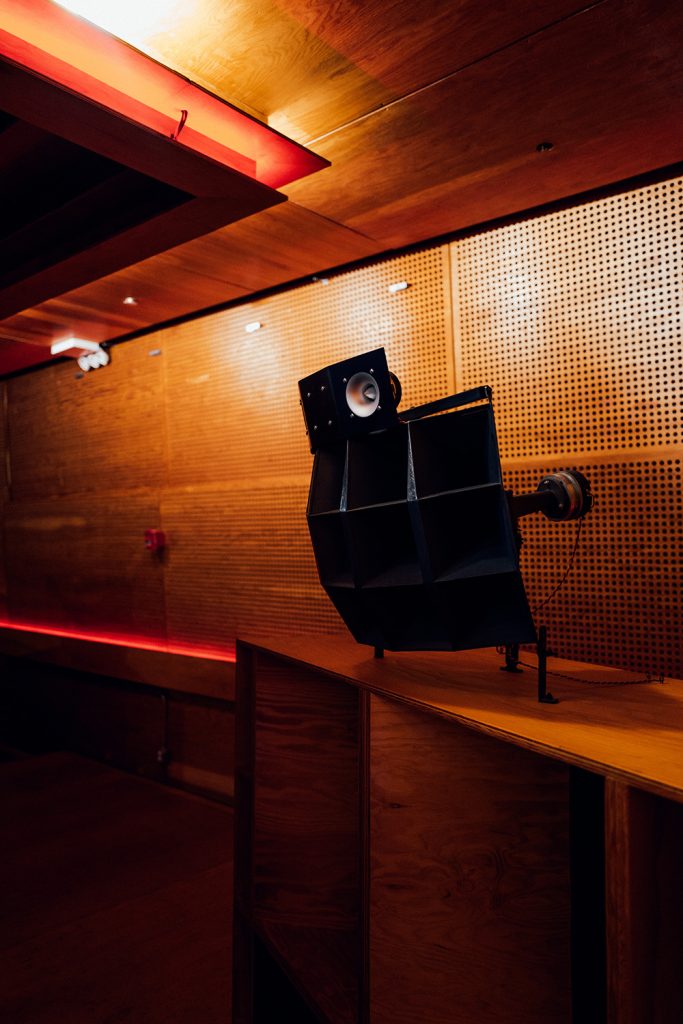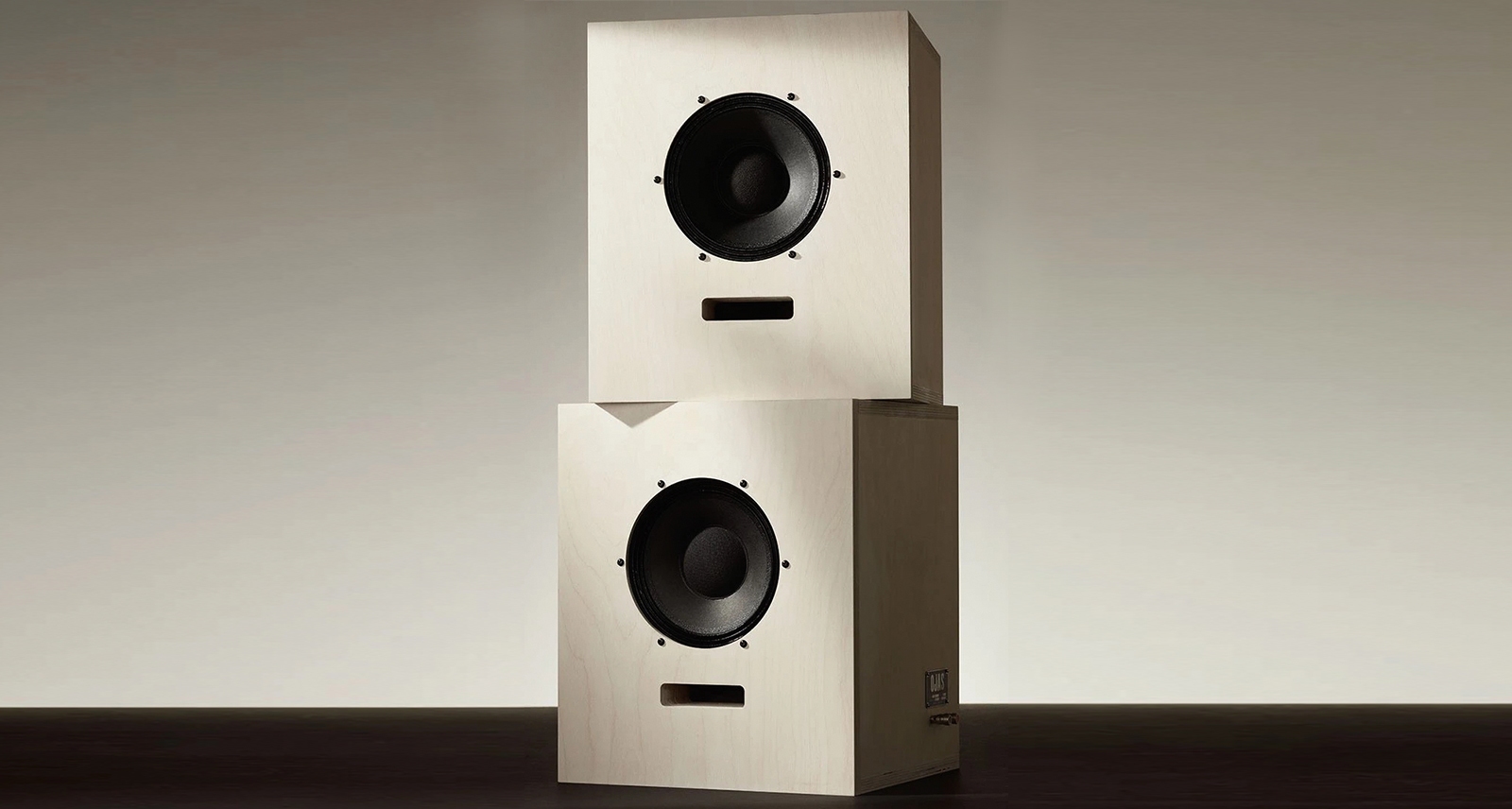Devon Turnbull Talks Preservation, Intentionality, and Ojas Speakers
Devon Turnbull has many talents. Once a graffiti writer and DJ, he co-founded Nom de Guerre — the pioneering (and now defunct) clothing label — in the early 2000s. He’s also a hardcore audiophile and, today, the brain behind Ojas: a Brooklyn-based maker of custom handmade speakers and amps, that, according to Turnbull, offer a listening experience that’s significantly different from most of today’s high-end audio market. Blessed with Turnbull’s eye, Ojas speakers have also become coveted design objects. You can find them in Supreme and Saturdays stores around the world, in the lobby of the Ace Hotel New York, and inside listening bars and venues from Brooklyn to Bangkok. Even the late Virgil Abloh tapped Ojas to create a custom sound system for his “Figures of Speech” exhibition in 2019. We recently called Turnbull as he was road-tripping across the U.S. From somewhere in Kansas, he discusses preservation, intentionality, and monetizing your passions.
Where does the Ojas story begin?
Music has always been a central component of my creative process and inspiration. I guess it started with DJing, and, in high school, I got really into records. When I would travel, whether it was to London or Chicago, I always had a list of the record stores I wanted to hit. Back then, you’d go to the record stores and there were flyers for parties, and clothing was part and parcel as well. I was writing graffiti and I started a small streetwear brand called Ojas around 2000. That, with some partners, became Nom de Guerre in 2003. And then my focus by necessity became visual design, and I stopped DJing. Record collecting and listening to music was just as important as ever, though, so I started taking hi-fi more seriously. I had gone to school for audio engineering, so it was natural for me to go a little deeper than just buying high-end audio gear. I wanted to create a system with a signature sound.

What did you want to hear?
For me, it was low-powered tube amps and high-efficiency horn-loaded speaker systems. It’s an audio culture that was born in Japan as early as the ’50s and ’60s but remains strong all the way through to the present. It’s basically an appropriation of classic American pro gear, mostly developed in the mid-20th century by a group of designers and companies that stem from Western Electric and became Altec. There’s this family of products that have a shared history and sound.
For someone who doesn’t know anything about hi-fi, what is that sound?
The goal of this type of hi-fi is to reproduce natural-sounding instrumentation. “Musical” is one of the more obnoxious terms that gets used — obviously anything that comes out of any speaker is music — but usually that’s used to describe a realistic representation of the instruments in space. In general, that is different than someone who is building a sound system for live sound or a nightclub; they want that chest-feel bass and sparkly highs. And that’s what most people who walk into a showroom with little audio experience [think] sounds great. But it’s really the mid-range where the actual music is. It’s the stuff that makes a guitar or a double-bass or a saxophone sound really beautiful and realistic. That’s something that a lot of contemporary, mainstream sound systems don’t do as well. For people like me, mid-range is everything.
Was that a discovery you made while in Japan?
Exactly. Nom de Guerre was, for most of its life, manufactured in Japan, so we had a studio there, and I was fortunate to be spending a lot of time in Tokyo in the mid-2000s. I was drawn to that approach through listening to a lot of systems in Japan. Now, it’s spread around the world as a subculture.

What attracts you to this type of sound and listening in this type of way?
I listen to music in the car, and I listen to music on a portable speaker, but [generally] I can’t sit and listen to music in a very intentional way — the way I view art in a gallery or a museum, for example. I think the music industry has suffered as a result of music technology skewing so hard towards these more compressed-sounding speakers with more bass and more highs, but the musical part is just not there. So you listen to great jazz, classical, and acoustic and it’s not as captivating, but when you start building your system and listen to recordings that you connect with in a way that makes you stop doing whatever you’re doing and listen, it’s a whole different thing. And that experience is what does it for me. It’s similar to going to a movie theatre [versus] watching a movie on your laptop: you’re not thinking about what’s happening on your phone when you’re in a movie theatre.
When did Ojas transition from being a personal passion into a more formal creative practice?
Maybe around 2005. I had sort of fallen out of love with the process [of making clothing] because it was so demanding and cyclical. I was like, “You know what, I think turning your passions into your business isn’t always the healthiest thing.” So I really didn’t want to do that with this audio practice. I was like, “This is too personal. I’m just going to make this stuff for myself and keep it almost a secret.” But Alex Calderwood was opening the Ace New York, and he convinced me to build an analog front end and a big broadcast turntable for the lobby. And I realized that if I could do the business on my own terms, it would be really fun, because it would allow me to take the practice much farther than I could as a hobbyist. That was the turning point.
Photos courtesy of Keith Montero.










